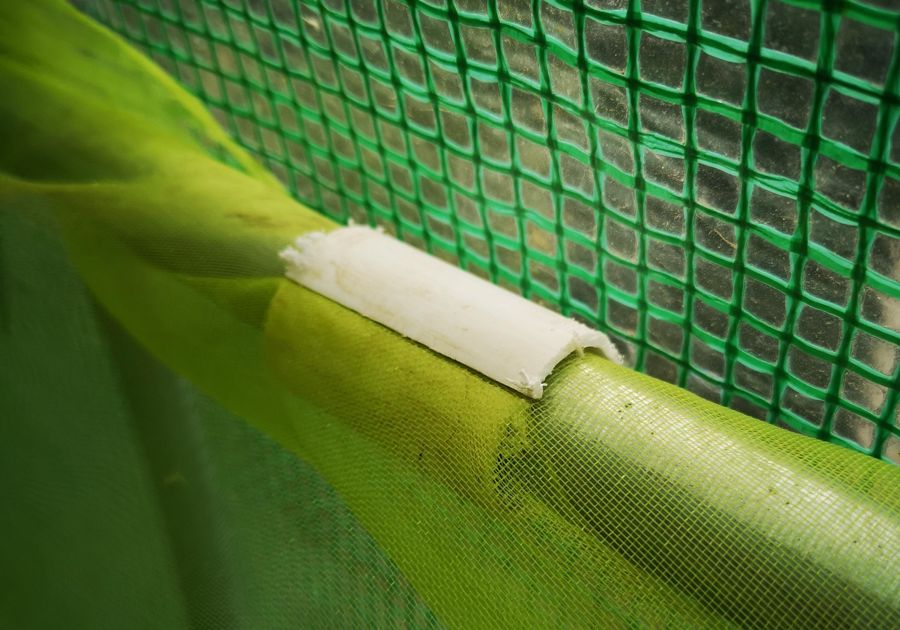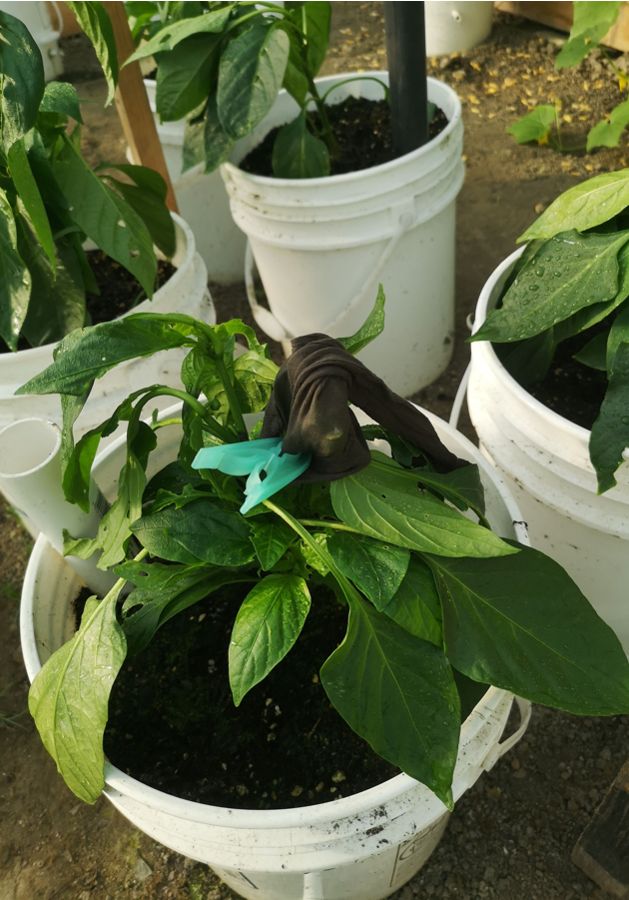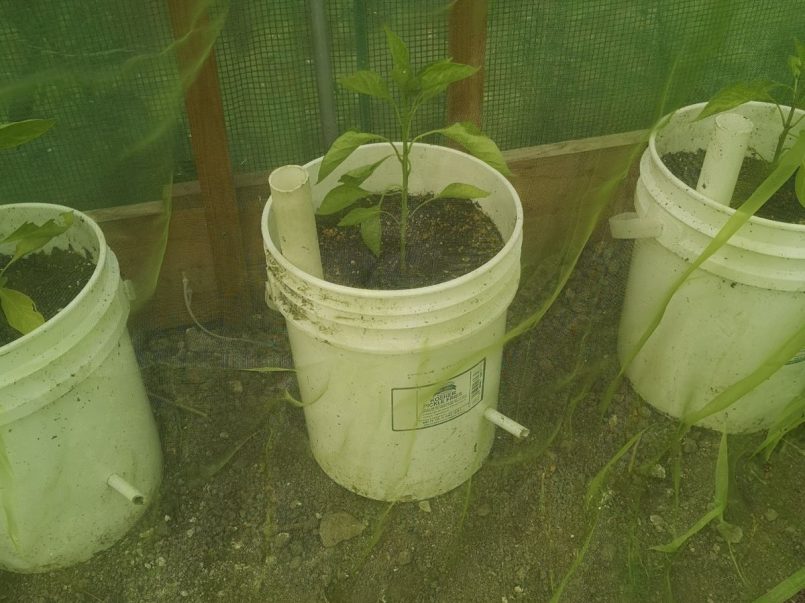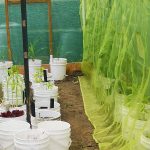The easiest way to start saving seeds is from self-pollinating fruiting vegetables that are being grown in the greenhouse or polytunnel, such as tomatoes, chilli peppers, aubergines and sweet peppers. Their seeds should last for a few years when stored correctly. Read on to find out how to save seeds from self-pollinating vegetables, so that the seeds you save will grow ‘true’ and you get the same healthy vegetables next year.
Before you continue reading this, first look at the basics of saving seeds.
You can save seeds from any open-pollinated variety, but these fall into two categories: cross-pollinating plants and self-pollinating plants.
Sweet peppers and chilli peppers are self-pollinating, which means that the plants possess both male and female reproductive parts. So, they don’t require pollen from other plants, nor do they need insects or the wind to reproduce. Other examples are French beans, aubergines, tomatoes, lettuce and onions.
Why you should isolate self-pollinating peppers before saving their seeds
Wind and insects can bring in pollen from other nearby sweet pepper and chilli pepper plants, so it’s important that you protect your plants from other varieties growing within a 50-metre radius. You want to save seeds that will produce healthy, mutation-free fruit next year, so you need to isolate this year’s plants before their flowers open.
Cross-pollination is more of a risk on an allotment site where vegetables grow in close proximity. Bear in mind that even a greenhouse or polytunnel will not stop cross-pollination with nearby varieties, so this is why isolating the plants is so important.
There are two ways to isolate self-pollinating flowers: netting the whole plant or covering the individual flower.
How to isolate greenhouse or polytunnel pepper plants
Option 1: Netting the whole plant
1. Make sure you are growing sweet pepper or chilli pepper plants of the same variety.
2. Once you see flowers forming, cover one or more plants with an insect mesh or fabric that excludes insects but lets in light. If growing both, you need to separate sweet peppers and chilli peppers as they will readily cross with each other.

3. You can facilitate the reproductive process by dabbing a dry paintbrush inside the flowers, as this encourages self-pollination and helps set the fruit.
4. Keep them covered until you have harvested the fruit from which you intend to save seeds. You can then uncover your plants.
Option 2: Netting the individual flower
1. Make sure you are growing sweet pepper or chilli pepper plants of the same variety.
2. Once you see a flower bud, before it opens, cover it with a foot tight. Carefully cover the flower bud with the piece of stocking and seal the opening with a peg.

3. After about a week, carefully remove the peg and stocking. If the petals are dying off then that’s a sign that the fruit has set. If not, then replace the stocking and leave for another few days.
4. Once the fruit has set and the stocking is removed, label the flower’s stem with a loose tie or label so you know from which fruit to save seeds.
How to collect, dry and store the seeds
1. Allow a couple of peppers to ripen fully to their final colour.
2. Carefully cut the peppers open and gently rub off onto a plate all the seeds from the flesh. It might be an idea to wear gloves when handling chilli peppers.
3. Leave the seeds somewhere warm and dry (but not hot) until they are dry enough that they snap rather than bend.
4. Once fully dry, store the seeds in a paper (not plastic) packet or envelope in a cool, dark, airy place. Clearly label with the name of the variety and the date you packaged them.
When stored correctly, fully dried seeds from fruiting vegetables will last for several years.


